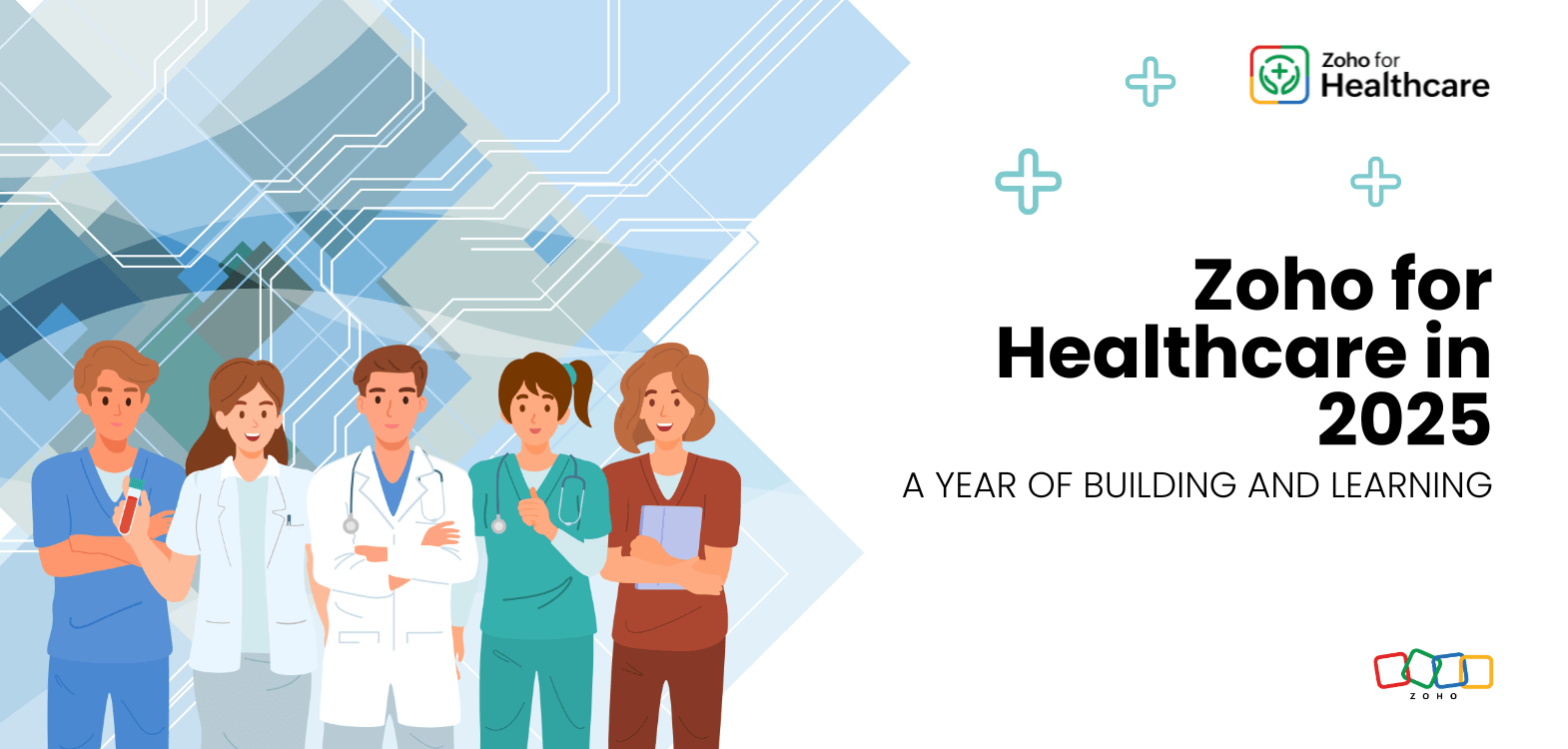- HOME
- Events and Industry News
- How do electronic health records improve the quality of patient care?
How do electronic health records improve the quality of patient care?
- Last Updated : October 30, 2024
- 3.8K Views
- 4 Min Read
Gone are the days when medical staff updated patient information by searching through color-coded files and recording data on a paper document. This process was lengthy, tiring, and time consuming for health care providers. It also left patients wondering:
Who owns my data? Is it the clinician, the health care organization, or some other third party?
EHRs help answer these questions and more.
Electronic health records (EHRs), are digital versions of comprehensive patient records maintained by a health care provider. An EHR may contain details, such as the patient's medical history, diagnoses, and medications.
Common challenges of EHR implementation:
Migrating data from an old system to a new one can be time consuming, and can lead to errors and the misplacement of sensitive patient data. Because of this, implementing an EHR in a clinic or hospital can be a challenge. But anticipating the difficulties beforehand helps clinicians make a seamless transition from traditional to digital health data management. Let's take a deeper look at some of the difficulties and challenges that arise when implementing an EHR.
Security breaches: When dealing with patient information and medical information, privacy is essential. Unauthorized access can result in a breach of health care information privacy. Unfortunately, cyberattacks and hacks are prevalent and can cause people to distrust software, creating an obstacle to EHR implementation. Protocols that ensure secure access are essential for making sure only authorized medical practitioners can access medical information.
Data storage limitations: Data storage can be a challenge when implementing an EHR system, because of the large amount of data involved in patient care. This data may include patient demographics, medical history, lab results, imaging data, and more.
Data inconsistencies: EHRs must maintain high data quality standards with accurate and up-to-date patient information. Integrating data from many sources can lead to poor data quality and inconsistencies.
Interoperability: EHRs often lack interoperability standards, making it difficult to share and integrate data from different EHR systems. EHRs must be able to integrate with other systems and platforms, such as lab systems, imaging systems, and telemedicine systems. Sometimes, it is challenging to integrate data between different systems, translate it, and convert it into different formats.
Cost of implementation: The cost of implementing an EHR can pose a significant challenge. This cost typically includes upfront expenses, such as hardware, software installation, configuration, and training costs.
Need for training and support: Transitioning from a paper-based to an electronic-based system can be daunting for staff members. Those who regularly use the system will have to be trained with the new technology. The right training and support are crucial for helping staff members transition to an upgraded EHR, and for enhancing their skill and knowledge development.
How can providers overcome these challenges for better patient care?
An EHR improves efficiency and accuracy and enables health care practitioners to access and share patients' medical information. It also helps improve the quality of care by allowing providers to analyze data, identify trends, and communicate quickly.
The rate of EHR adoption has increased dramatically in recent years. According to Grand View Research, the global EHR market was valued at $28.1 billion in 2022 and is expected to reach $38.5 billion by 2030. Let's look at some of the ways to address the EHR implementation challenges described above.
Secure access to patient information: EHRs contain a lot of sensitive health data, and safeguarding this data is essential. Medical organizations should implement robust security measures that include strong password policies, regular security updates, and staff education on security best practices. Share patient data securely with role-based access and protect your patients' health information with file management tools like Zoho WorkDrive.
Interoperability: Implementing interoperability standards for your EHRs helps ensure the seamless exchange of information between various systems. Adopt standard formats, such as HL7, FHIR, or DICOM, to ensure that data can be exchanged and interpreted correctly. Implementing interoperability standards, such as Fast Healthcare Interoperability Resources (FHIR), helps ensure healthcare systems can communicate effectively.
Training and education: Providing training and education to health care providers regarding the usage and importance of EHRs can help ensure providers are using the system effectively and efficiently to improve patient care.
Better data analytics: A significant amount of data is produced by an EHR system daily. All this data has to be analyzed to reveal patterns, trends, and opportunities for improvement in patient care. Analytical tools, such as Zoho Analytics, enable you to create insightful reports and dashboards for better data visualization.

The next step toward the future:
The digitization of clinical records has become an important part of enhancing medical care frameworks. EHRs have revolutionized digitization and improved the coordination, and efficiency of care for better health outcomes.
The use of artificial intelligence and machine learning in EHRs will likely increase in the future. As technology continues to advance, the use of EHRs is expected to become even more widespread and integral to the future of healthcare.



